Here are some of the plants you will find in bloom this month at the Elizabeth Lawrence House & Garden.

Leucojum aestivum blooms along the sidewalk in front of Elizabeth Lawrence’s house.
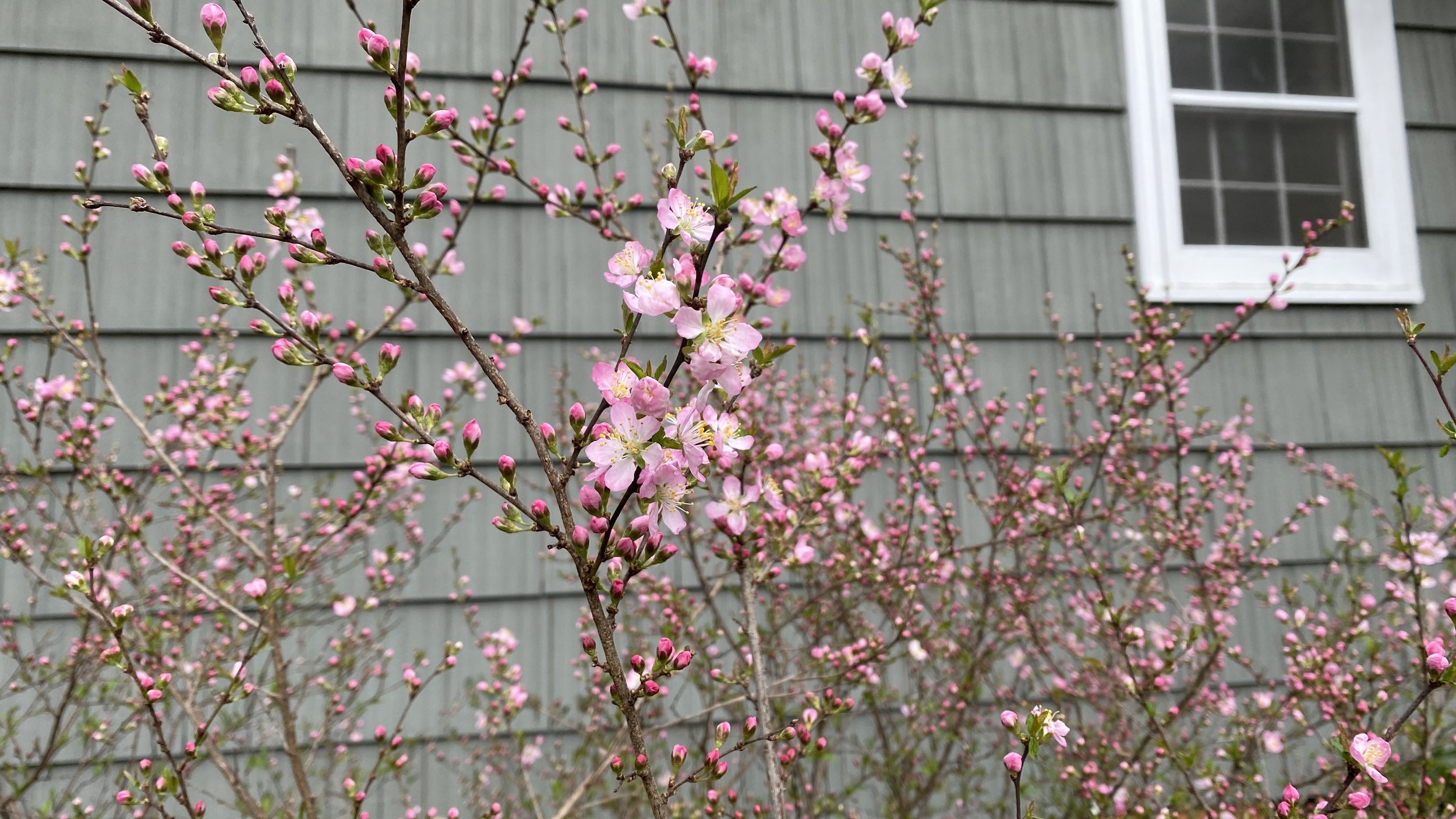
Elizabeth Lawrence’s Prunus humilis “Caroline Dormon” actually does make cherries, although only the birds think them yummy.
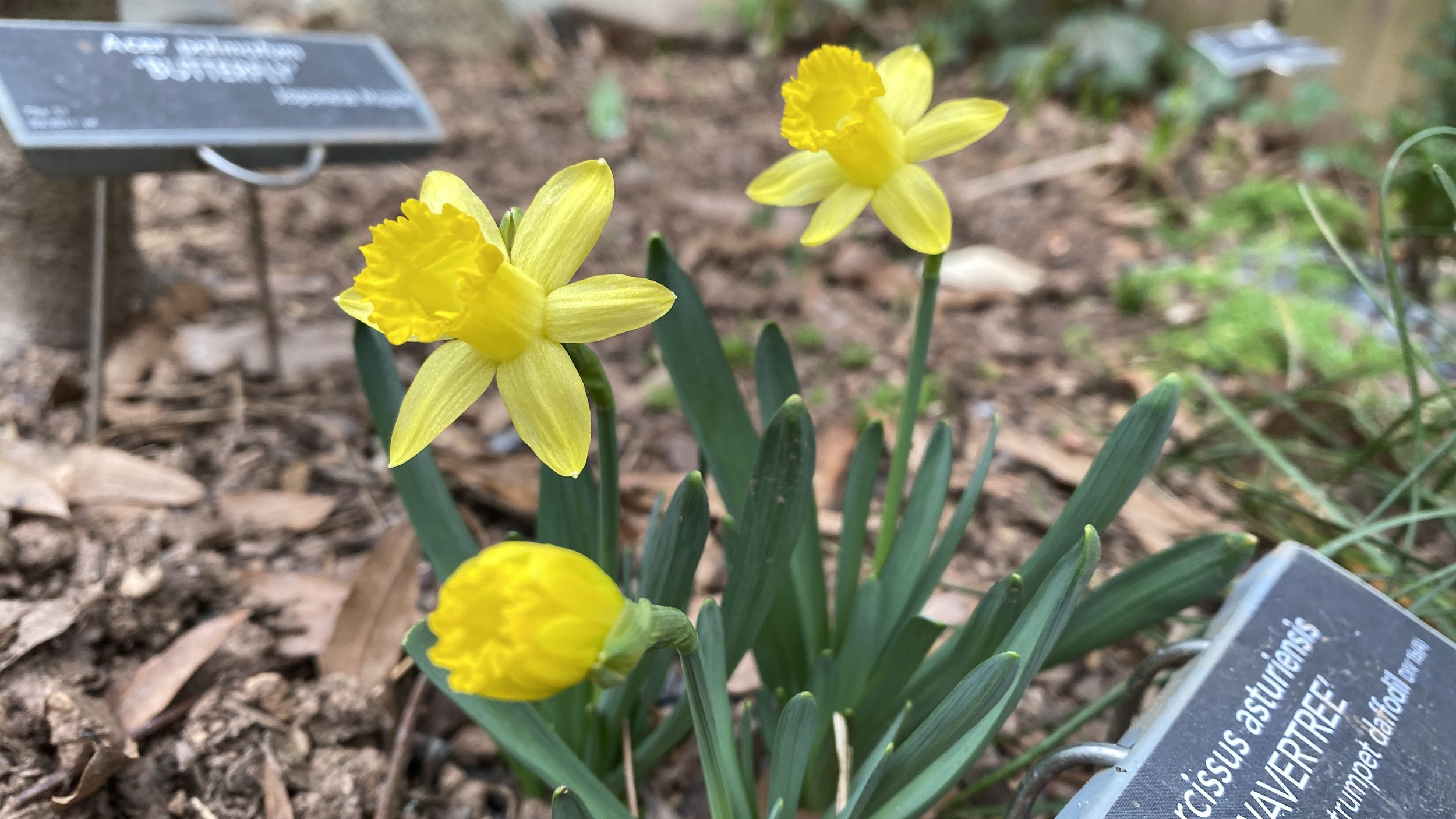
I can think of no sweeter a little bloom than Narcissus asturiensis ‘Wavertree’, which I acquired as a trial. This greets you at the end of the entry path, so don’t forget to look down!

To that end, don’t forget to look UP! In favorable weather, early March is the time to see Elizabeth Lawrence’s original deciduous magnolias in perfection.
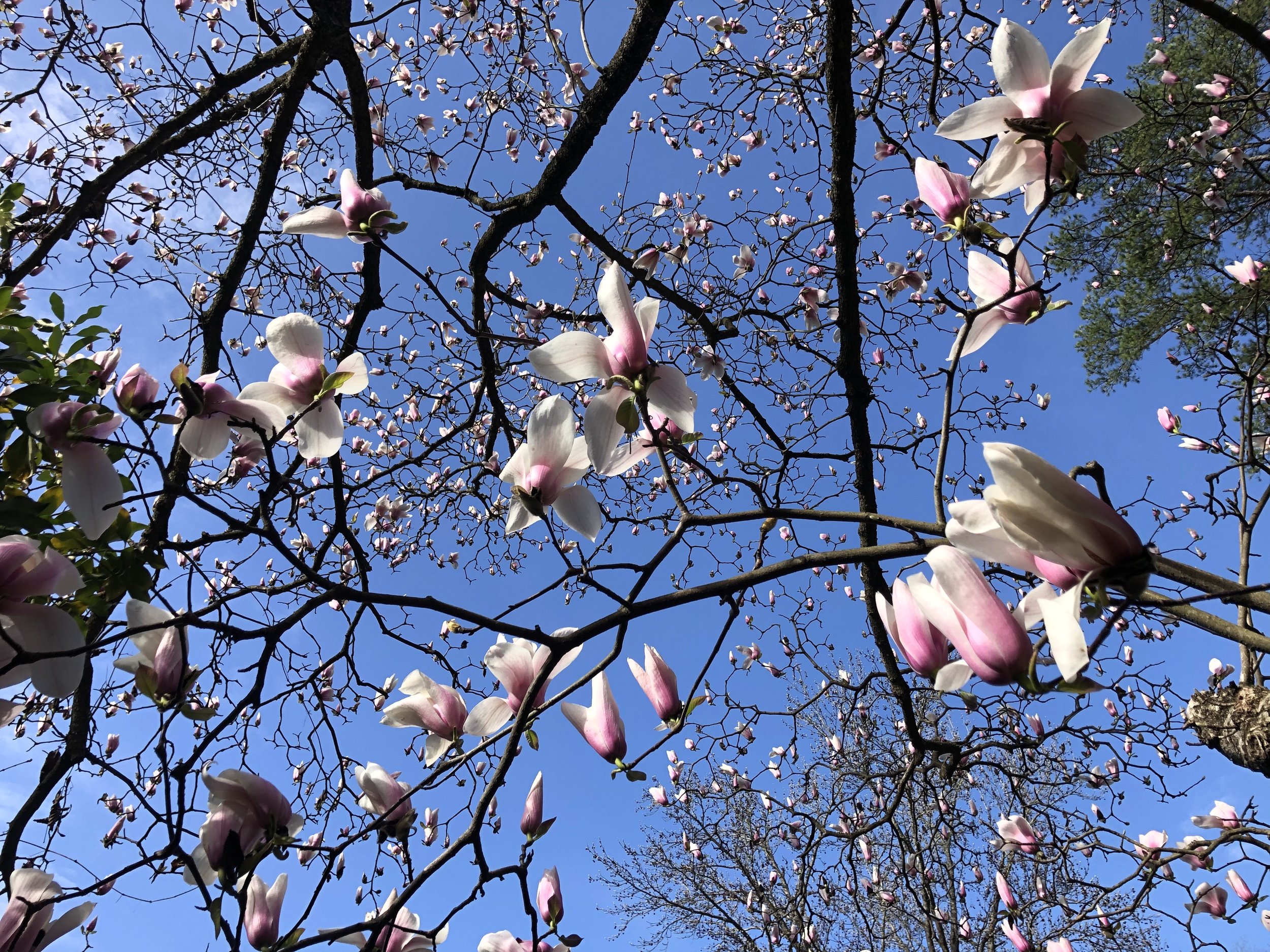
Elizabeth’s original Magnolia x veitchii is a rare and beautiful sight to behold! I know of only a handful of these in American gardens today.

Magnolia x soulangeana ‘Lennei’ (sometimes just listed as M. ‘Lennei’) forms a major part of the deciduous tree canopy in the back of the garden.
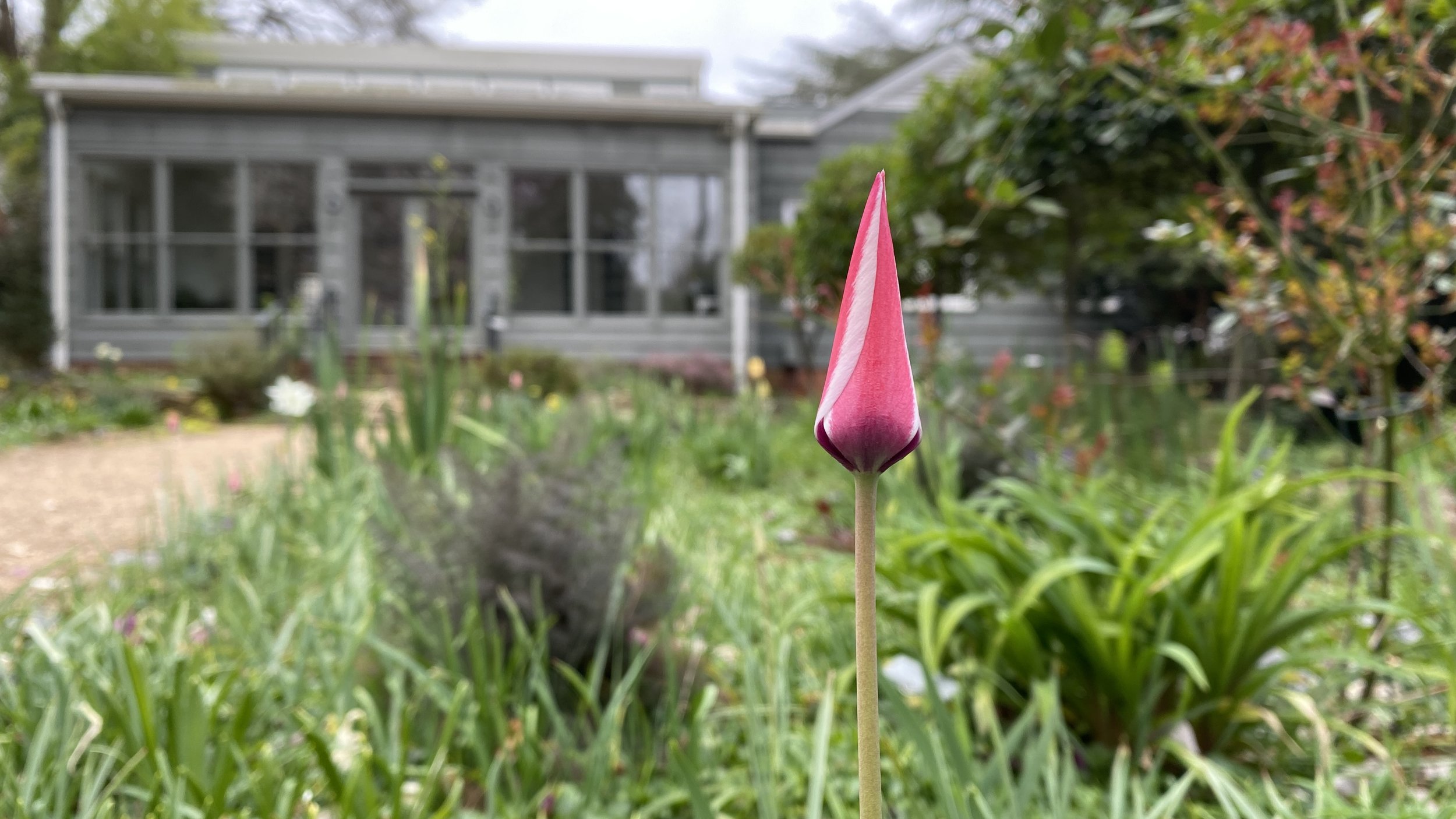
Elizabeth Lawrence’s original bulbs of Tulipa clusiana still bloom every spring in the middle sunny border. These flowers open during the day and close up every night.

Narcissus bulbocodium blooms near the pool. There is typically some type or variety of hoopskirt daffodil in bloom in this garden from December through into early April!
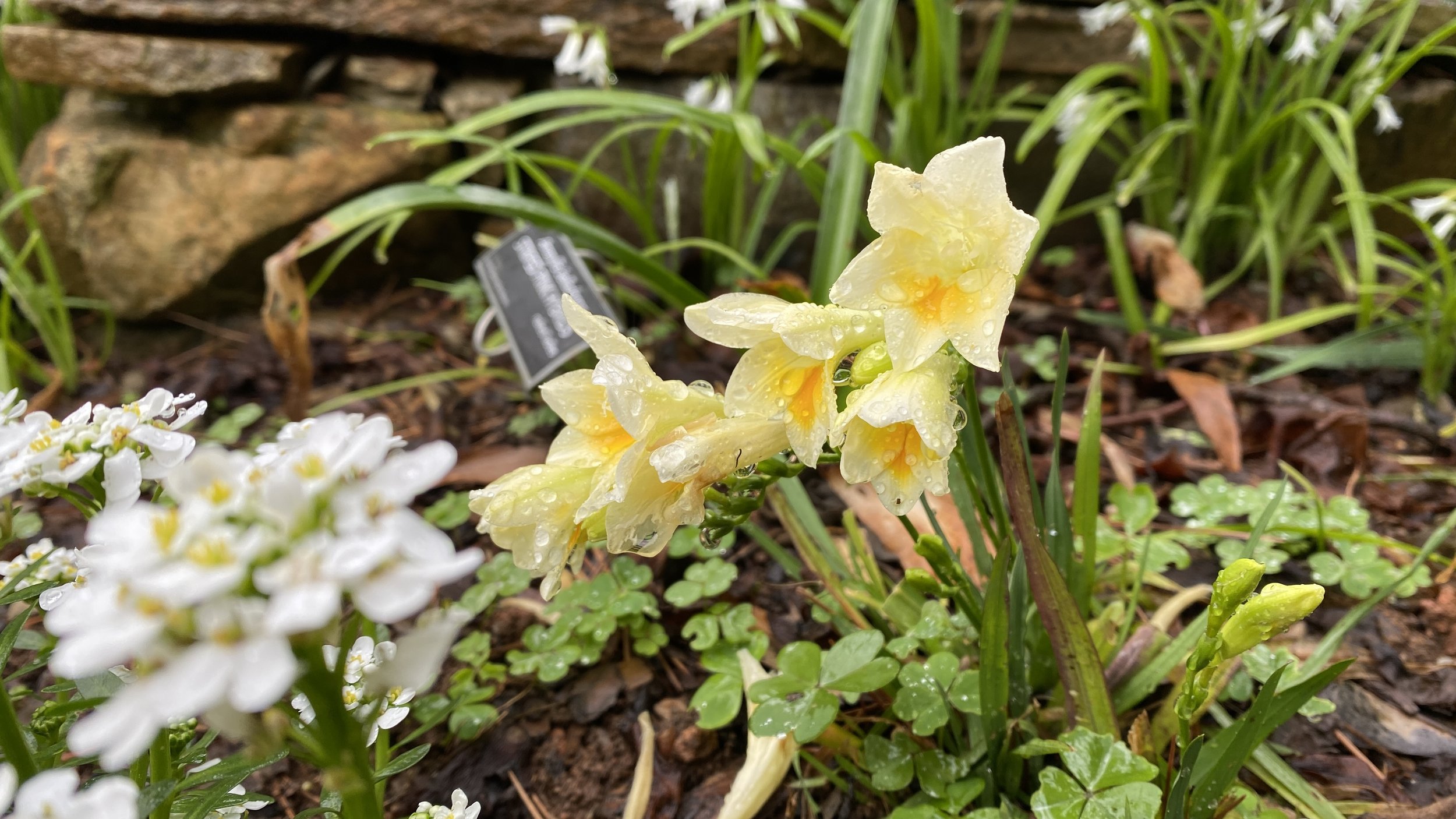
Find a small clump of Freesia alba which I planted as a trial several years ago. Just as fragrant as freesia in the cut-flower trade, these are one-fifth the size.
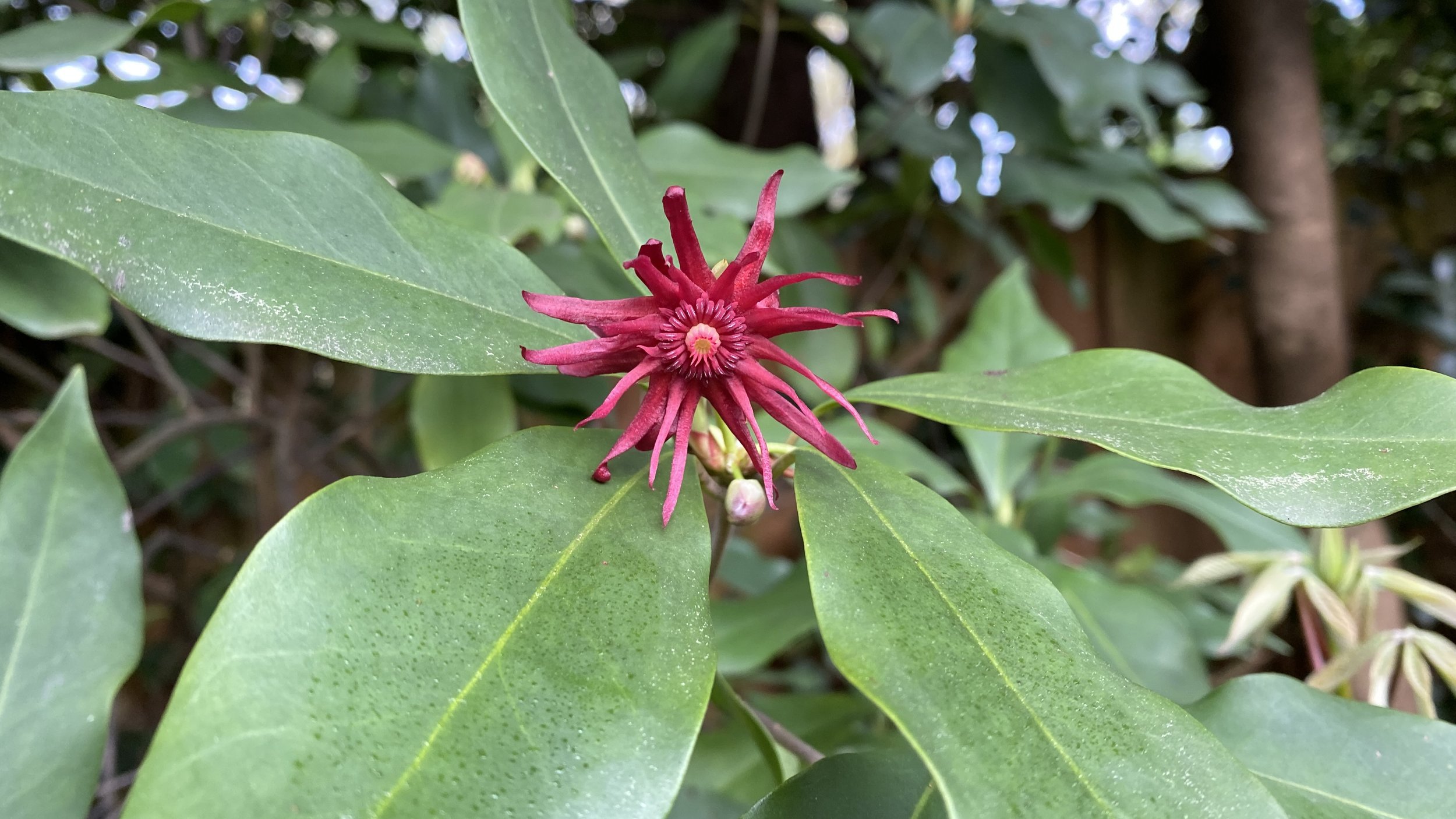
Elizabeth’s original Illicium floridanum starts blooming this month. The flowers are fragrant, but not in a good way… at least to my nose. I do love the fresh licorice scent of a bruised leaf, though.
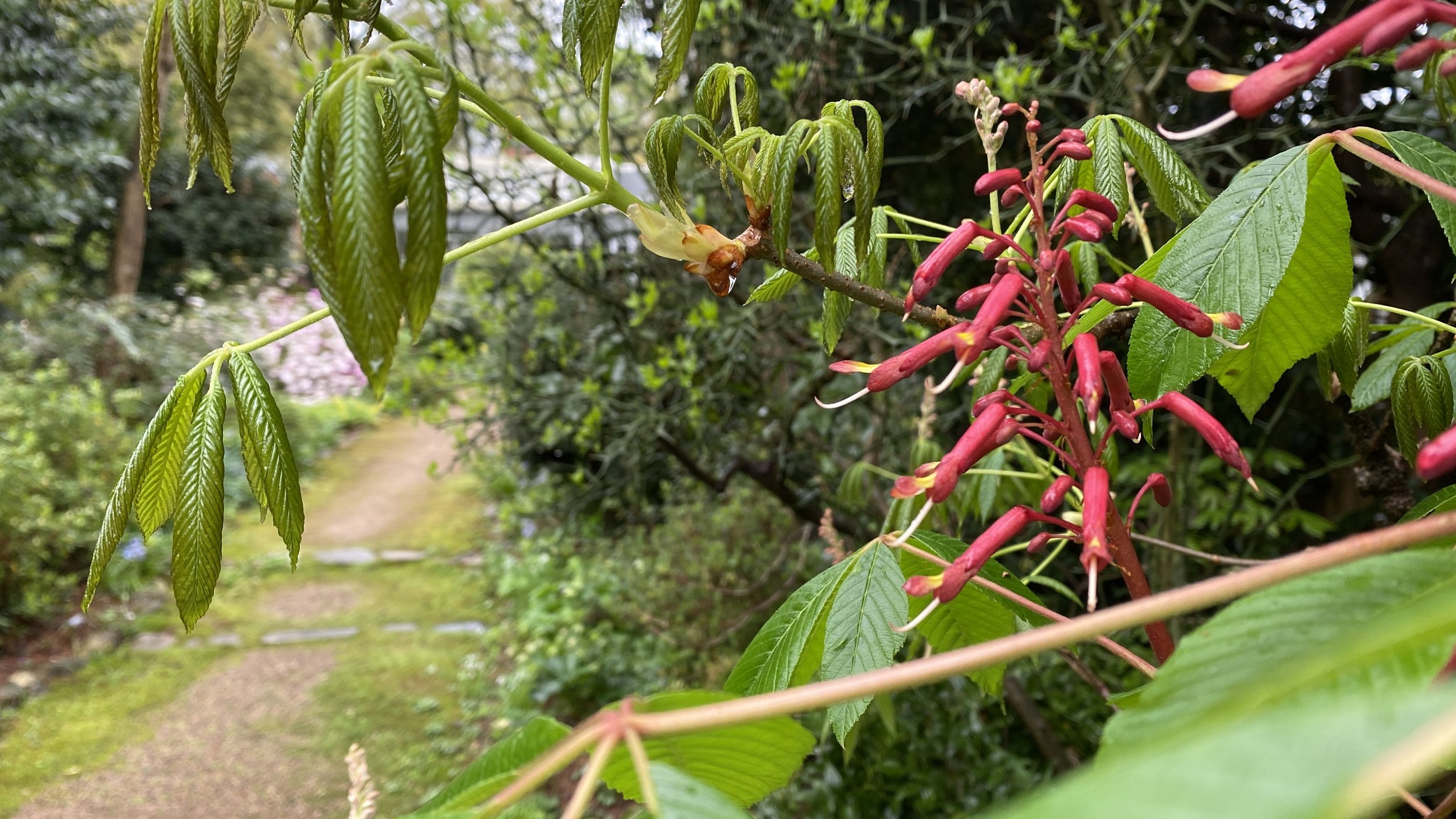
Here’s another original beauty: Aesculus sylvatica. The flowers are very much like the dwarf red buckeye, but go through much more of a color change. A stunner!

Elizabeth Lawrence loved daffodils, and especially white trumpets. On top of that, she was an avid collector of all types of this particular one, Narcissus moschatus var. cernuus, which goes by many names.

Elizabeth Lawrence planted this Helleborus viridis in 1979 under a large pine near the birdbath. She got this plant from Dr. Herbert Hechenbleikner, who began the UNC-C Botanical Gardens.













